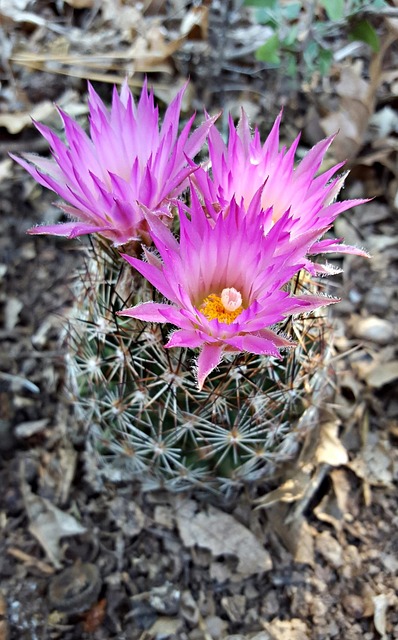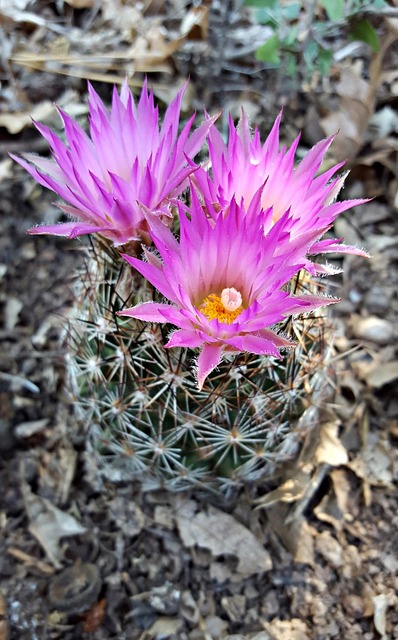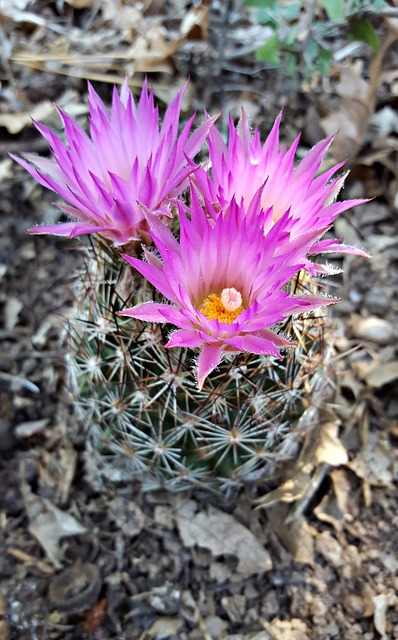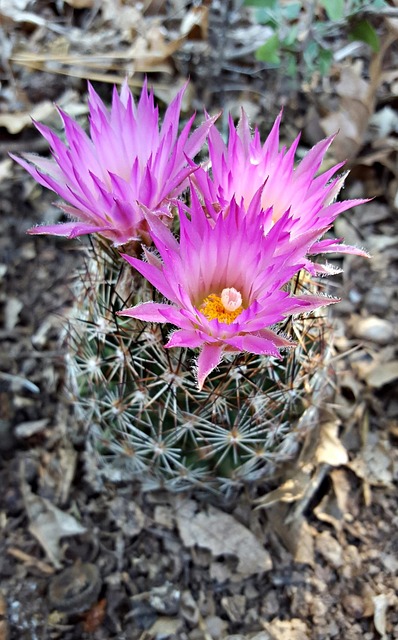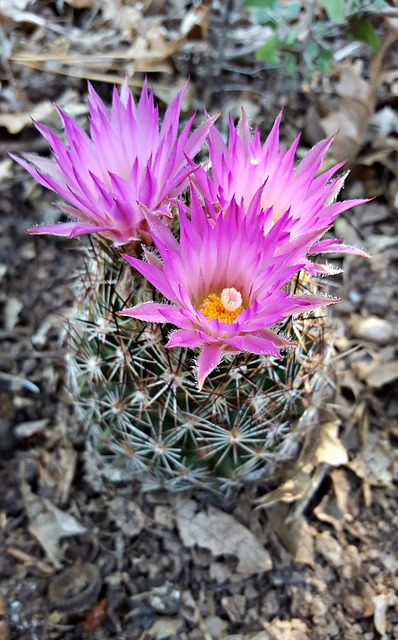Real estate is a key driver of urban culture, with mixed-use developments fostering diverse communities and artistic scenes. Developers play a vital role in transforming neglected areas into creative hubs, while strategic policies support affordable housing for artists. By prioritizing accessible art spaces, cities can maintain vibrant, distinctive cultures that attract investors and residents, boosting economic growth and property values. Strategically placing cultural attractions, converting underutilized areas, and investing in infrastructure attracts diverse audiences and fosters social cohesion, positioning cities as dynamic cultural destinations.
“Unveiling the Intricate Dance Between Real Estate and Cultural Revitalization:
This article explores how real estate plays a pivotal role in cultivating dynamic, unique cultural scenes. We delve into the magnetic allure of diverse communities for investors and residents alike, highlighting successful strategies for fostering and maintaining vibrant cultural offerings. From urban renewal to niche neighborhood development, discover how real estate drives metabolic changes, shaping landscapes that inspire, engage, and thrive.”
The Role of Real Estate in Shaping Cultural Landscapes
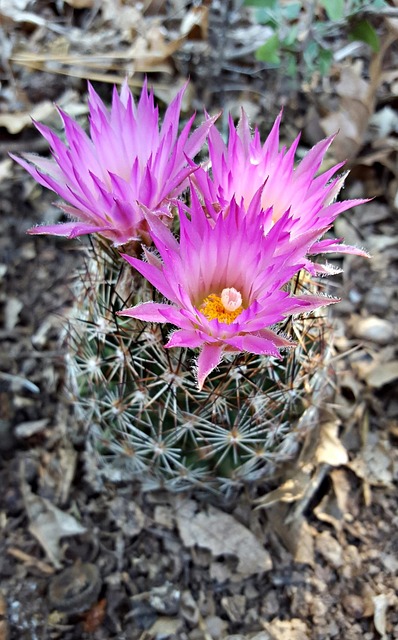
The role of real estate in shaping cultural landscapes is profound, often serving as a canvas upon which communities paint their unique identities. In urban settings, mixed-use developments that blend residential, commercial, and cultural spaces encourage diverse interactions and foster vibrant artistic scenes. Real estate developers play a crucial role in this regard by designing properties that facilitate public gatherings, creative enterprises, and cultural institutions. For instance, the conversion of old industrial buildings into art galleries, theaters, or co-working spaces can breathe new life into neglected areas, attracting artists, performers, and innovators who contribute to the city’s cultural tapestry.
Moreover, real estate policies and zoning regulations significantly influence the preservation and growth of cultural scenes. Strategic planning that supports affordable housing options encourages a diverse population, including artists who often have unique needs and budgets. Accessible real estate allows for the thriving of local arts, music, and performance events, ensuring these cultural expressions remain an integral part of the community’s fabric. By recognizing the value of artistic spaces and implementing policies that support their development, cities can ensure their cultural landscapes remain dynamic and distinct.
Unique Cultural Scenes: A Magnet for Investors and Residents

A city’s unique cultural scene is a powerful magnet for investors and residents alike, shaping its appeal and desirability in the real estate market. This aspect sets it apart from other urban centers, fostering a vibrant atmosphere that captivates all who experience it. The blend of diverse art forms, innovative culinary experiences, and rich historical narratives creates an immersive environment that resonates with people from various backgrounds.
Investors recognize the potential for cultural attractions to drive economic growth and enhance property values. Areas known for their distinctive cultural offerings often become sought-after locations, attracting a steady stream of visitors, young professionals, and families. This influx contributes to a thriving local economy and increases demand for real estate, making such places highly desirable for both living and investing.
Strategies for Developing and Nurturing Diverse Cultural Offerings
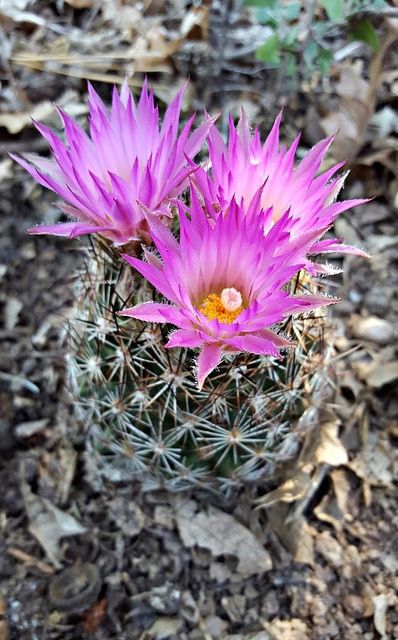
To develop and nurture a diverse cultural scene, cities can leverage their real estate potential. The strategic placement and design of cultural hubs—like art galleries, performance spaces, and museums—can attract diverse audiences and foster community engagement. Converting underutilized spaces into vibrant cultural centers can spark urban renewal and create unique experiences that draw locals and tourists alike.
Investments in infrastructure, such as pedestrian-friendly zones and public art installations, further enhance the appeal of these cultural districts. Collaborating with local artists, businesses, and residents ensures that the offerings are relevant and reflective of the area’s diverse demographics. This holistic approach not only revitalizes urban landscapes but also positions cities as dynamic cultural destinations, driving economic growth and social cohesion.
